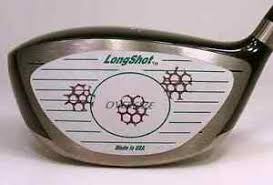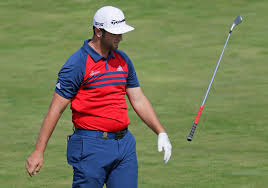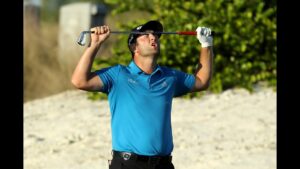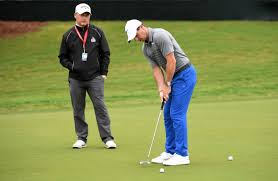All of your golf clubs are made with a wide head face to help you avoid mishits. You can get away with hits off the toe or heel of your driver, woods, irons and putter but you are losing distance and direction control if you don’t impact your ball in the balanced center of mass on your club face. Using tape or powder on your club head is a great way to understand where you are normally impacting your ball on the face of your club.
GolfersRX recently released another video by Gene Parent at Golf Laboratories illustrating the lost distance for driver mishits at 90 MPH (the typical recreational golfer swing speed). At that swing speed you will hit a ball about 200 yards in the air and it will roll out to about 230 yards IF YOUR IMPACT IS ON THE DEAD CENTER OF YOUR DRIVER CLUB FACE.

Center impact is always to best impact to control distance and direction.
If your impact is ¾ of an inch inside or outside of dead center, you will lose about 10 yards of distance. Impact toward the toe will push your shot about 10 yards to the right of a right hander’s target line and impact toward the heel will pull about 10 yards to the left.
Unfortunately if your swing path is over the top and from the outside to inside when you impact toward the toe you will compound your error and slice away from your target line. An inside to outside swing path, when your impact is near the heel of your club, will create a duck hook.
Ben Hogan said that about 90% of all shots in golf are either a draw or a fade. His suggestion was to plan for your draw or fade and plan your shot by aiming up the side of the fairway and bringing it back into the center with your expected draw or fade. Using his suggestion will at least keep your landing area in the fairway.
Spend some time at the driving range to test the results of your swing path and your point of impact on each type of golf club. Controlling your swing path will help you improve your Fairways hit in Regulation (FIR) and Greens hit in Regulation (GIR). Start marking your score card with a tick mark in the upper left in the box for each hole for each FIR and a tick in the upper right for each GIR. Now guess which holes will yield the most pars and birdies?
Plan on hitting more draws by hitting in the center of your club face when you move your trailing foot 1 inch back from your target line (or you can close the face of your club slightly). Practice your straight arm swing with your GOLFSTR+ to improve your consistency in hitting more FIRs and GIRs. Buy one today at www.GOLFSTR.com
Golf Truism #17: Whatever you think you’re doing wrong is the one thing you’re doing right.






